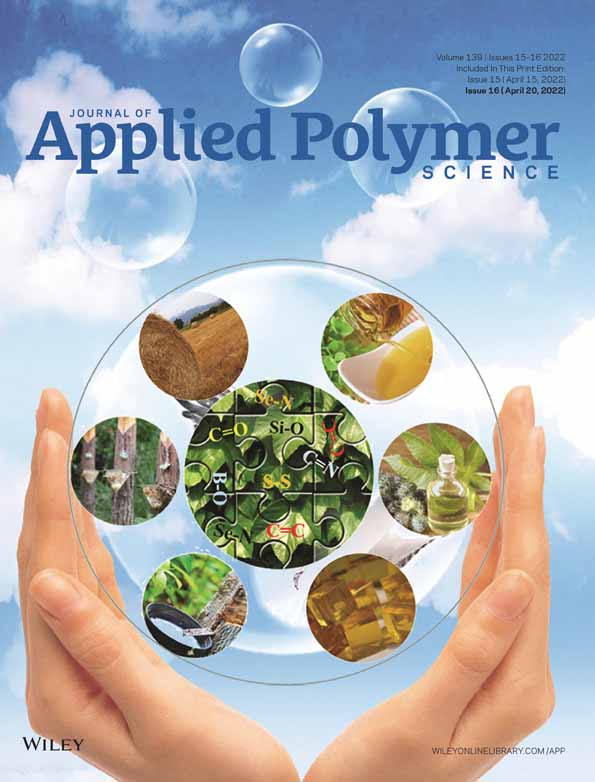Eco-friendly PCL@CDs biomaterials via phytic acid, CDs-cocatalyzed polymerization for rifapentin delivery
Wang Guoyu and Ren Huifang contributed equally to this work.
Funding information: The Anhui Provincial Natural Science Foundation, Grant/Award Number: 1508085ME102; The Anhui University Doctor Startup Found, Grant/Award Number: J01001319; the national natural science foundation of china, Grant/Award Number: 51772001; the national natural science foundations of china, Grant/Award Number: 51403002
Abstract
Although biodegradable and biocompatible polymers have great advantages as a research hotspot, the single polymer does not satisfy multifunctional needs in biomaterials application. Herein, carbon dots (CDs) with strong fluorescence and good hydrophilicity were prepared through effective microwave method from citric acid and ethanediamine. Then green PCL@CDs biomaterials were fabricated by the ring-opening polymerization (ROP) of ε-caprolactone (ε-CL) via green phytic acid and active CDs as catalysts. Importantly, the as-obtained PCL@CDs hybrids with good biocompatibility, adjustable hydrophilicity and good fluorescence could load antituberculosis rifapentine (RFT) by the method of oil/water emulsion solvent evaporation. Also, the morphology, RFT loading and release activity of PCL@CDs@RFT microspheres were deeply investigated. The results showed that the maximum drug loading and encapsulation rate of the prepared PCL@CDs@RFT microspheres were 7.8% and 81%, respectively. Therefore, the binary material can be used as a kind of potential fluorescent labeling biomaterial for drug delivery.
CONFLICT OF INTEREST
The authors declare that they have no known competing financial interests or personal relationships that could have appeared to influence the work reported in this paper.
Open Research
DATA AVAILABILITY STATEMENT
No. Research data are not shared.




